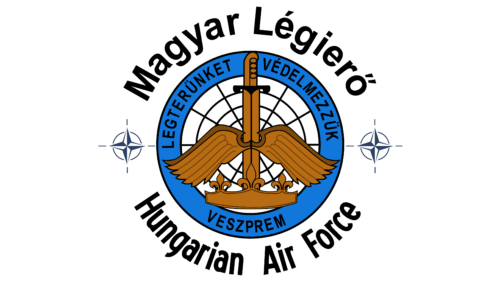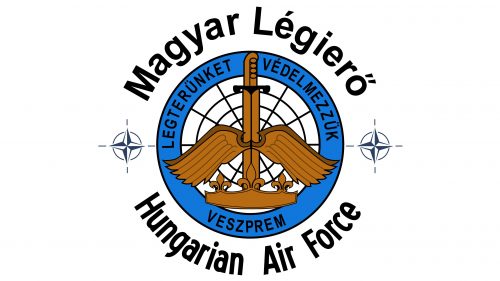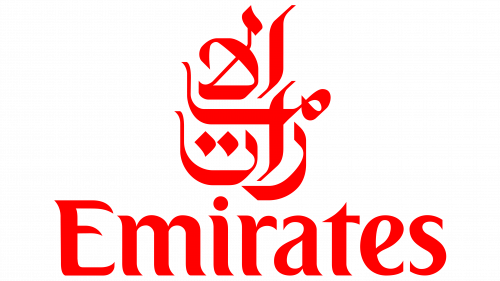The Hungarian Air Force emblem embodies heritage, courage, and global presence. It reflects the Air Force’s core values of honor, discipline, and readiness for action. The emblem is a mark of authority and distinction in military aviation. It reassures citizens and allies that it is a well-coordinated, powerful force capable of defending national and international interests.
Hungarian Air Force: Brand overview
The Hungarian Air Force (Magyar Légierő) has a rich and fascinating history that spans more than a hundred years. From its early years during World War I to its current role in international peacekeeping, the Hungarian Air Force has played a critical role in protecting Hungary’s airspace and contributing to global security efforts.
The first Hungarian pilots trained in Austria-Hungary demonstrated their bravery and skill during the First World War. However, the 1920 Treaty of Trianon severely limited Hungary’s aviation capabilities. In the interwar period, Hungary set about rebuilding its air force, rapidly modernizing its fleet with the latest aircraft from various European countries.
After the end of World War II, the Hungarian Air Force underwent reorganization and modernization under Soviet control. Equipped with Soviet aircraft and trained, the Hungarian Air Force became a symbol of the Hungarian People’s Republic. They participated in international peacekeeping missions and contributed to world stability.
After the fall of the communist regime, the Hungarian Air Force underwent a significant transformation, introducing advanced technology and conforming to NATO standards. The modernized air force, equipped with a variety of aircraft, protects Hungary’s airspace and participates in joint military exercises and international security initiatives.
Meaning and History
What is Hungarian Air Force?
The Hungarian Air Force, known in Hungarian as Magyar Légierő, is the air force of the Hungarian Defense Forces. Since its inception, the Air Force has undergone various transformations reflecting the country’s changing defense requirements and political context. The history of the Air Force includes periods of significant growth and modernization, especially in the late 20th century when the Air Force significantly modernized its fleet of aircraft to meet NATO standards.
1918 – today
The emblem of the Hungarian Air Force has a complex structure and consists of many graphic elements and inscriptions, each with a symbolic meaning. The emblem takes the form of a seal decorated with heraldic attributes rendered in gold: a crown, a sword, and wings. More modern elements are the compass hands on either side of the round symbol and the image of the globe with a grid of meridians and parallels, reminiscent of the UN emblem. The globe is surrounded by a wide blue band with Hungarian text. The outer inscription is bold and divided into two arc-shaped halves.
The gold color traditionally symbolizes qualities such as perfection and wisdom. The compass arrows and globe symbolize the Air Force’s navigation and global reach capabilities. The wide blue stripe visually contrasts with the emblem, reinforcing its central elements. The arch-shaped lettering adds an element of architectural stability to the overall design.





